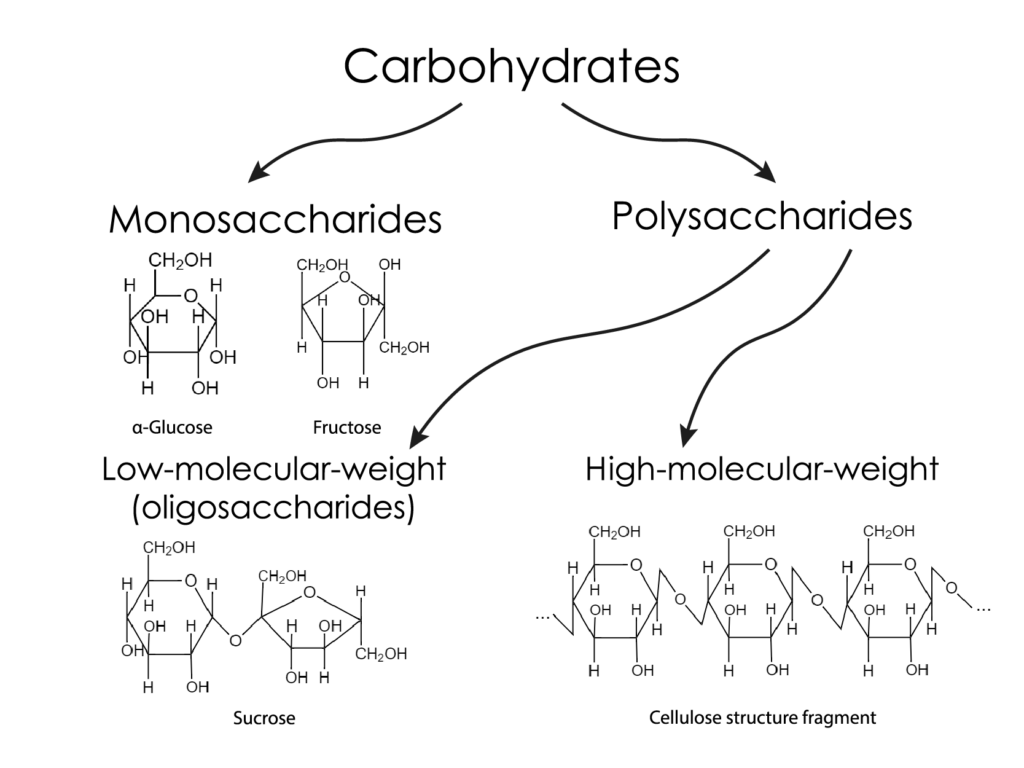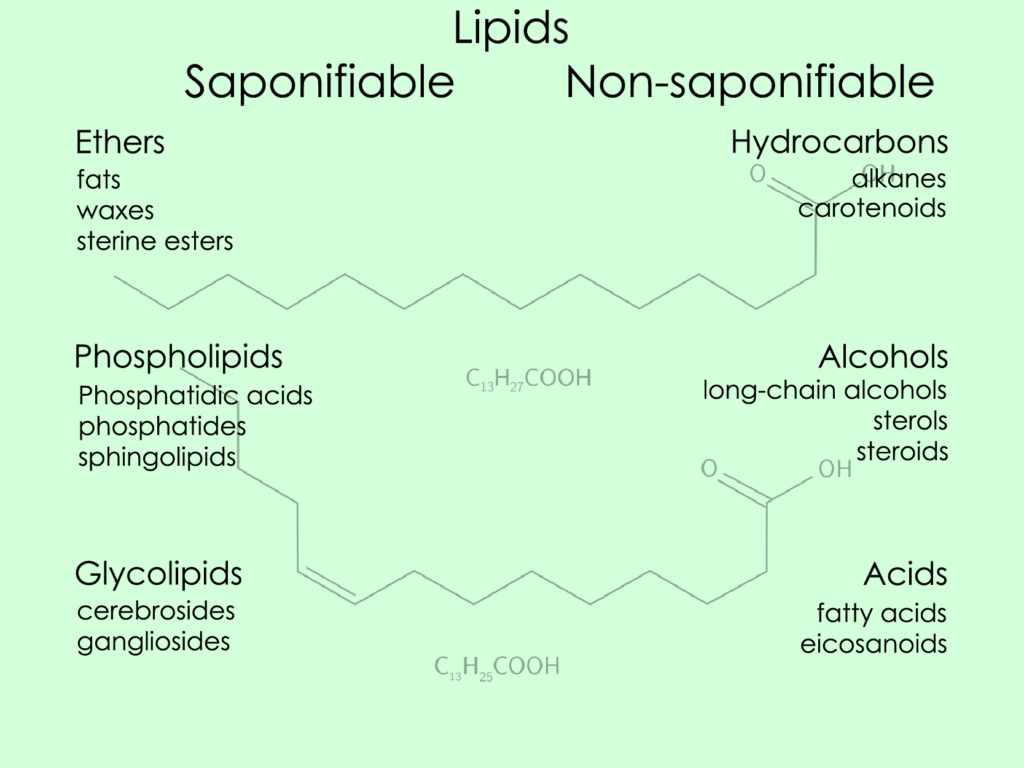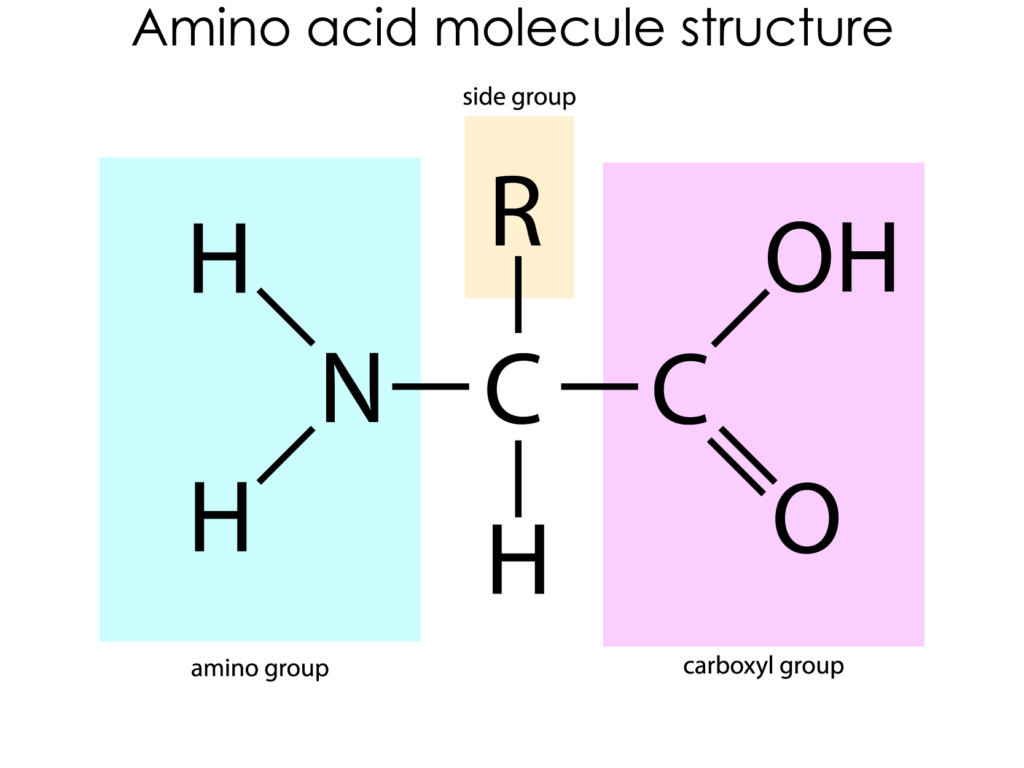- The process of creating a drug - May 23, 2023
- How do scientists model mental disorders in animals? - May 23, 2023
Food chemistry
Everything around us is a chemistry. People eat chemicals, proceed chemical reaction without even noticing it. It very often can be seen frightening headlines about the harm of preservatives, additives, and carcinogens that people consume with food. The goal of this article is to explain where food chemicals come from and why no need to be afraid of all purchased products and what is really detrimental to the human body. Here is a brief description of food chemistry and chemical reactions that people carry out every day in the kitchen.
Food components
- Water
Water is a major component of food. It creates an environment conducive to a bacterial growth, which reduces a shelf life of products. That is why water reducing or changing of its properties are the most important steps of food preservation.
- Carbohydrates
Carbohydrates are sugar molecules and part of almost all food along with the proteins and fat. Carbohydrates are broken down onto glucose in organism. Glucose is the main source of energy for biochemical processes in a body. Carbohydrates are divided into two groups: monosaccharides (glucose, fructose, ribose, deoxyribose) and polysaccharides. Monosaccharides chain form to make a polysaccharide. Monosaccharides are unable to hydrolyze to form simpler compounds. Polysaccharides, or complex carbohydrates, are able to hydrolyze into simpler molecules. Complex carbohydrates are very diverse in composition, molecular weight, and, consequently, in properties. They are divided into two groups: low-molecular-weight (oligosaccharides) (sucrose, maltose, lactose) and high-molecular-weight (starch, fiber, cellulose, glycogen, chitin).

- Lipids (fats)
Lipids are a large group of substances of biological origin such as fats, waxes, sterols, fat-soluble vitamins (vitamins A, D, E and K), monoglycerides, diglycerides, phospholipids, and others. Lipids are well soluble in organic solvents such as methanol, acetone, chloroform and benzene. At the same time, these substances are insoluble or slightly soluble in water. The poor solubility is related to the insufficient content of atoms with polarizing electron shells, such as O, N, S or P. Lipids are divided into two groups: saponifiable and non-saponifiable lipids.
Saponifiable lipids. The structural components of saponifiable lipids are linked by ester bonds. These lipids are easily hydrolyzed in water by alkalis or enzymes. Saponifiable lipids are divided into three groups: esters, phospholipids, and glycolipids.
Non-saponifiable lipids include saturated hydrocarbons and carotenoids, as well as the alcohols. These are alcohols with a long aliphatic chain, cyclic sterols (e.g., cholesterol), and steroids (estradiol, testosterone, etc.). Fatty acids form the most important group of lipids.

- Proteins
Proteins are biopolymers which monomers are amino acids. Twenty α-amino acids are involved in the formation of the entire protein diversity. Amino acid molecules have two functional groups: a carboxyl group (acidic) and an amino group (basic). The amino group and the carboxyl group are capable of interacting with each other to release water and form a CO-NH peptide bond. Peptide bonds tend to connect amino acid molecules with long chains formation. Amount of amino acid residues in such chain can be several hundreds or even thousands. Such large molecules are called macromolecules.

- Enzymes
Enzymes usually are complex protein compounds, RNA (ribozymes) or their complexes, which accelerate chemical reactions in living systems. Each enzyme, coiled into a particular structure, accelerates the corresponding chemical reaction: reactants are called substrates, and the resulting substances are called products. Enzymes are specific to substrates.
- Vitamins
Vitamins are organic compounds group of diverse chemical origin. There are no strict criteria to classify vitamins but the key of its characteristic is absolute necessity for a heterotrophic organism as a component of food (in general from the environment). Autotrophic organisms also need vitamins, obtaining them either by synthesis or from the environment.
- Minerals
Minerals are chemical elements necessary for living organisms to function normally. Elements are divided into three groups according to the amount in the human or mammal body:
macronutrients (hundredths of percent or more): O, C, H, N, Ca, P, K, S, Na, Cl, Mg;
micronutrients (one-hundred-thousandths to one-thousandth of percent): V, Fe, I, Co, Si, Li, Ni, Mn, Cu, Mo, As, Se, F, Cr, Zn;
ultramicronutrients (millionths of percent or less).
- Food coloring
Food coloring is a type of food additives, a group of natural (carotenoids, anthocyanins, flavonoids, and chlorophylls) and synthetic dyes suitable for food coloring. Food coloring is applied to improve the food color or to give a deliberately unnatural color to the food.
- Flavorings
Flavorings are organic compounds firstly found in the nature. Flavorings are divided into three groups.
Natural ones are created by processing of natural products, which can take place through heating, fermentation, evaporation, etc.;
Artificial flavorings are produced through chemical synthesis in the laboratory. They are cheaper than their natural counterparts, as is their cost price;
Identical to natural ones are a kind of “golden mean”, which is created by means of synthesis, but keeping the same chemical proportions of natural flavorings.
- Food additives
Substances that are added to foods to improve its safety, shelf life, taste, consistency, or appearance are called food additives.
Cooking chemistry
- Caramelization
Oxidation of saccharides when heated is responsible for the brown color of prepared food. Roasted vegetables, pastry, bread, meat and etc. Carbohydrates are part of almost every food product. It does not matter if carbohydrates belong to mono- or polysaccharides. Oxidation takes place every time when the food is heated.
- Mallard’s reaction or browning
A chemical reaction between amino acids and sugars is occurred when heated. An example of such reaction is roasting meat or baking bread. Mallard reaction is responsible for smell, color and taste of the cooked food.
- Protein denaturation
Protein denaturation is irreversible process of destruction. For example, if the egg is boiled, proteins in it will lose its structure and thus, its properties.
- Leavening
Baking soda, baking powder and yeast are usually used to make light and soft dough. When these reagents interact with other ingredients in the dough, it produces tiny bubbles of carbon dioxide These bubbles leaven the dough to make it soft and pliable.
